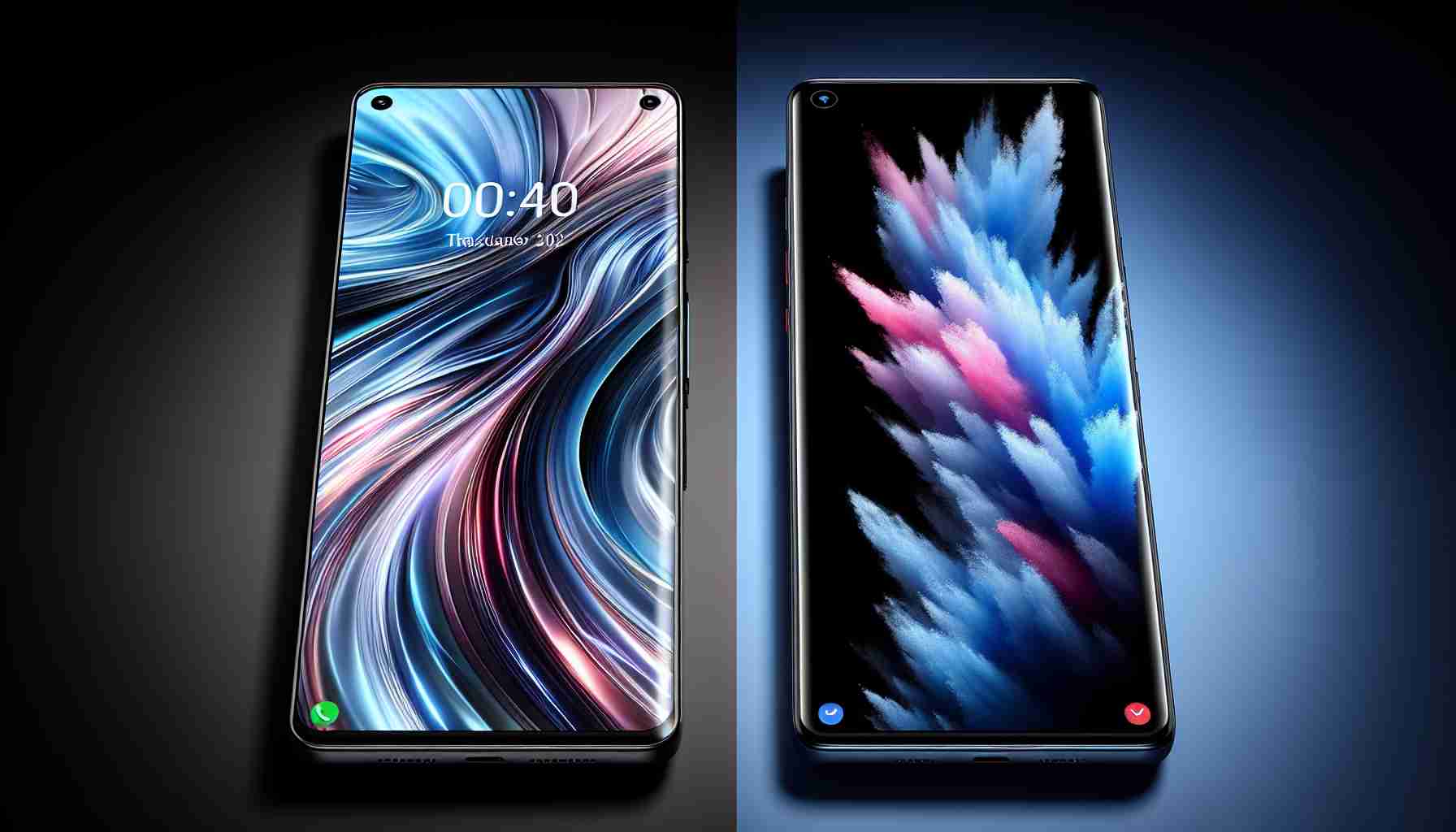Both the Google Pixel 8a and its higher-end sibling, the Pixel 8, have been unveiled, competing closely with other players in the smartphone arena. The Pixel 8a, arriving at a wallet-friendly price of $499, is the latest entrant replacing its predecessor, the Pixel 7a. Standing out for its value, the newcomer is anticipated to perform impressively, considering the Pixel 7a’s recognition as one of the best budget phones.
Comparing Value and Performance in Pixel’s Newest Offerings
In terms of internal hardware, both the Pixel 8 and its more economical variant, the 8a, come equipped with the Google Tensor G3 chip. They share 8GB of RAM and offer storage options of 128GB or 256GB. The display screens are nearly identical, with the Pixel 8a featuring a 6.1-inch 120Hz Adaptive display and the Pixel 8 boasting just a fraction more at 6.2 inches.
The camera systems diverge slightly—the 8a model sports a 64MP Quad PD wide together with a 13MP ultrawide rear camera, and a front-facing 13MP camera. Alternatively, the Pixel 8 offers a 50MP wide and a 12MP ultrawide rear pairing, with a 10.5MP camera at the front. Should these subtle differences be a dealbreaker? That depends on user preferences and need for camera precision.
A Closer Look: Design and Durability
Design-wise, both phones have an identical weight of 6.6 ounces and share the Obsidian color option. However, the Pixel 8a introduces vibrant colors like Aloe and Bay, while the Pixel 8 opts for subdued pastel tones. Durability also sees some divergence—though both have Gorilla Glass, the 8a has Gorilla Glass 3 while the Pixel 8 includes the more robust Victus variant.
Display and Brightness: A Comparative Glance
Google has claimed comparable brightness for both devices with maximums reaching 1400 nits. Finer points like contrast ratios and PPIs are marginally different, but these may not be noticeable to the casual user.
Performance and Features: Pixel 8a vs. Pixel 8
Looking beyond the aesthetics and into functional performance, the Pixel 8a shares the same Google Tensor G3 chip ensuring performance that should match the Pixel 8, though neither outperforms leading competitors like the iPhone 15 or Galaxy S23. Battery life and connectivity options slightly favor the Pixel 8, but whether the differences merit the price increase is subjective.
Both the Google Pixel 8 and 8a promise exciting features, but the Pixel 8a stands out as a compelling option for cost-conscious consumers looking for solid performance without breaking the bank.
Important Questions and Answers:
1. How does the camera quality compare between the Pixel 8a and the Pixel 8?
The Pixel 8a features a 64MP main and a 13MP ultrawide rear camera configuration, compared to the Pixel 8’s 50MP and 12MP setup. The Pixel 8a also has a slightly higher resolution front-facing camera at 13MP compared to the Pixel 8’s 10.5MP. These differences may affect the image quality slightly, but both provide high-quality photography experiences.
2. Are there any significant design differences between the two models?
Other than the available color options and the difference in glass durability (Gorilla Glass 3 for the 8a vs. Gorilla Glass Victus for the Pixel 8), the two models nearly mirror each other in design, both weighing 6.6 ounces. The choice in color and the more durable glass may influence buyer preference.
3. How does the battery life compare between both devices?
The article does not explicitly address battery life, but typically, the Pixel ‘a’ series is known to have efficient battery management. However, the actual performance can depend on many factors such as screen usage and the device’s processor efficiency.
Challenges or Controversies:
One key challenge is the competition against flagship models of other brands like Apple and Samsung. Google’s Pixel devices need to establish unique selling points not just against competitors but within their own range, making it compelling enough for consumers to choose the more expensive or less expensive variant.
Advantages and Disadvantages:
The advantages of choosing the Pixel 8a might include:
– Cost-effective price with high-end internals.
– Vibrant color options, which may appeal to those seeking a more personalized design.
– Consistent performance due to the same Tensor G3 chip used in the Pixel 8.
The disadvantages could be:
– Slightly less robust rear camera system.
– Potentially lower durability with Gorilla Glass 3 (compared to the Pixel 8’s Victus).
Conversely, the Pixel 8 offers:
– Advantages such as a slightly larger display, more robust camera features, and higher durability glass.
– Disadvantages include a higher price point, which may not equate to equally higher value compared to the 8a, given the similarities in performance.
For more information regarding Google’s Pixel phone line and their announcements, please visit the official Google Store at Google Store. Please note that URLs and the provided link are up-to-date as of the last knowledge update and may be subject to change.
